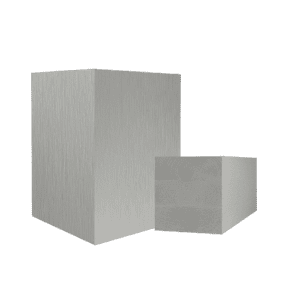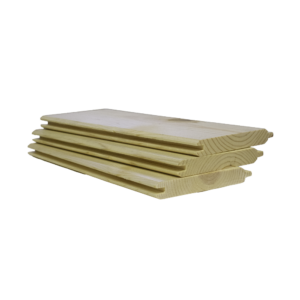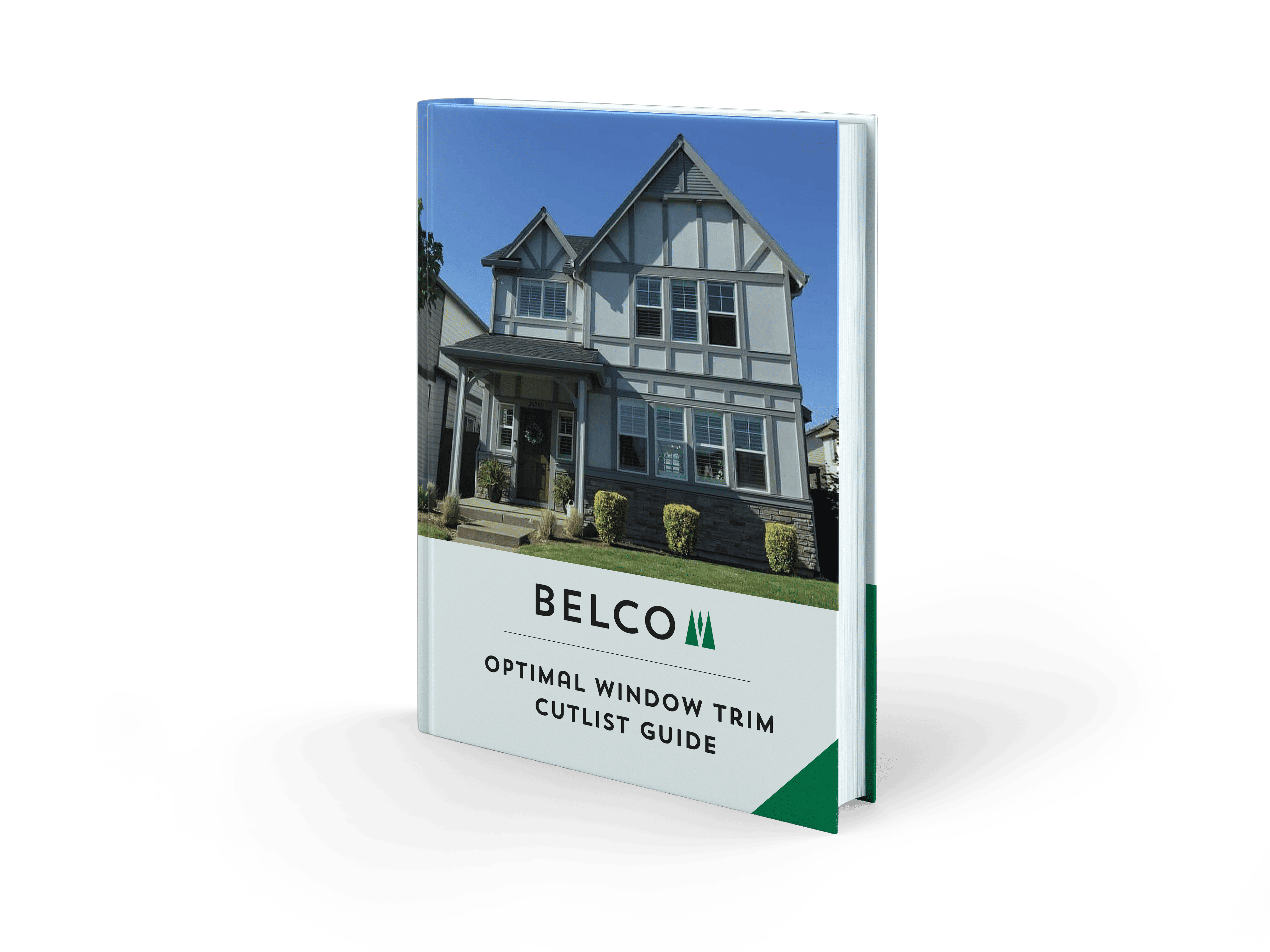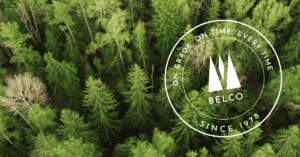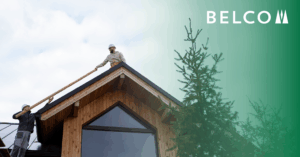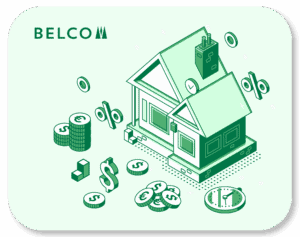A bargeboard is a board fastened to the ends of the gables to provide extra strength and to cover up exposed ends of timbers in the roof.
The classic gabled roof has seen a bit of a decline as modern trends in construction have shifted to a contemporary shed roof with massive fascia, or a huge hip roof and fascia-less gutters.
Nevertheless, it is still important to finish any gable offs with a high-quality bargeboard.
Barge Board Uses
The main purpose of the barge is to tie the roof stringers together across the eve, while also providing a bold architectural look.
Due to the location of the barge at the outer edge of the roof, it is imperative that it performs well while wet.
It also needs to provide some structural value when tying the stringers together.
Barge boards are a design feature that can make a classic craftsman home stand out.
Additional ideas for exterior trim designs and paint color choices can be found in our article Exterior House Trim Colors.
Barge Board Materials
The most common materials for bargeboards are real wood, fiber cement, and OSB based products.
We’ll break down the benefits and pitfalls of each one below.
Real Wood Materials for Barge Board
Using real wood for exterior trim such as bargeboard has real advantages.
Real wood is lightweight yet strong. It is easily installed and versatile in design possibilities.
Wood is easily painted to match siding and other features.
It is readily available in many sizes.
Barge board made from wood can be broken down into two main groups: cedar and primed white wood.
Primed White Wood
Primed White Wood has many features that make it a great choice for bargeboard.
It is budget-friendly, readily available, lightweight and comes in 20′ lengths.
PWW meets structural requirements so sub-framing is not needed. The installation is easy and fast.
Primed White Wood trim has taken a beating in the past for its lack of natural decay resistance.
XT Trim by Belco addresses this issue wonderfully with a preservative treatment and primer that is so effective that it comes with a 20 year limited warranty.
Belco’s Wood Preservative Treatment Process using Wolman® AG by Lonza is explained in-depth and clearly shows the superiority of XT Trim for bargeboard.
XT Trim ensures that your bargeboard will be rot, mold, and mildew resistant.
Cedar
Cedar is a great choice for bargeboard. It is structural enough to be used without sub-fascia. It is much lighter than both fiber cement and OSB.
This wood is naturally resistant to decay and will shrink back to normal size if it absorbs water from having the flashing knocked loose.
Where cedar falls short is cost and availability. It is much more expensive, especially in long lengths than either fiber cement, OSB or Primed White Wood.
Cedar can be finger-jointed to achieve longer lengths. This increases the stability of the board, but it also increases the cost.
Cedar costs about 20% more than fiber cement and 15-40% more than Painted White Wood.
It is also becoming increasingly rare and hard to source.
If you can order far in advance and budget is not a concern for your project, cedar may be the ideal choice for you.
Non-Wood and OSB For Barge Boards
Modern manufacturing has come up with a few new materials for exterior uses. Among these are fiber cement and Oriented Strand Board (OSB).
Both have excellent features, yet drawbacks as well. Let’s break these down and take a look at each one.
Fiber Cement
Fiber cement has become increasingly popular as a trim product over the past few years.
It is stable in most environments, won’t rot, has no inherent defects if manufactured correctly and is a fairly sturdy material.
There are some serious drawbacks to using it for bargeboard, however.
Fiber cement is a very heavy material and feels like you are holding a bag of cement over your head as you install it. Therefore, it is really hard on installers.
In addition, this slows them down and tires them out quickly.
Another drawback is the length of the ‘boards’. Fiber cement is only available in 12′ lengths. Any longer gable will have multiple seams in the barge that will require additional caulking and maintenance down the road.
Perhaps the biggest issue is the necessity for sub-fascia framing. Typically a 2 x 6 is attached to the rafter tails and outriggers to provide the structural support that fiber cement needs.
This means that in essence, you have to install the barge twice: once for the support and once again for the fiber cement.
The material and labor costs can double.
At the final tally, fiber cement definitely has its place, but your barge should not be one of them.
OSB Based Trim
OSB is much lighter weight than fiber cement, making it much easier to install. It is much less fragile than fiber cement due to the resin binders and orientation of the wood grains.
Oriented Strand Board is only available in 16′ lengths, which makes longer gables and less-caulked joints to be maintained over the life of the building.
Some thicker boards are sturdy enough to be installed wihtout sub-fascia as long as the outriggers in the gable end are framed at 24″ on center or less.
There are some drawbacks of course. The boards are vulnerable to rain and damp.
Tail ends of the bargeboard are a concern. They protrude past the edge of the roofline to hide the butt ends of the gutters. Though the butt ends should be covered with flashing, the flashing often gets bent or knocked out of place by wind or by cleaning, leaving the ends vulnerable to water damage.
OSB has enough resin content to prevent rot, but swelling due to water absorption is another thing…all too often, it is severe swelling.
Once the ends swell, they never shrink back down to the original size. This not only looks bad, in addition, it can affect the street appeal of your home. Swelling can also damage the structural integrity of the barge as well.
OSB based barge may be a perfectly fine material choice in a super arid climate, but it is far from perfect anywhere that sees an average amount of rainfall.


